 |
Measuring Pressure with Pressure Gauges |
What is Gauge Pressure?
Gauge pressure refers to normal atmospheric pressure. It describes the deviation of the pressure from standard atmospheric pressure and can be measured in various ways, including BAR and PSI. Gauge pressure is a globally used term and can be positive or negative.
Pressure Gauge Formula
The manometer formula measures the pressure in a system relative to atmospheric pressure. According to the manometer formula:
Pg = P - Pa
Pg gauge pressure
P absolute pressure
Pa local atmospheric pressure
Including atmospheric pressure, absolute pressure refers to the total pressure within a system
The gauge pressure is the pressure relative to the atmospheric pressure. It can be positive if
above atmospheric pressure or negative if below atmospheric pressure
Pressure Gauge Types
Each type of pressure gauge must be suitable for its specific task and for demanding industrial applications and frequent use.
The following sections explain some of the most common types of pressure gauges in more detail.
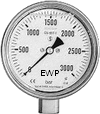
...measure the total pressure exerted on a system relative to a perfect vacuum (zero absolute pressure). This differs from pressure gauges with a manometer, which measure pressure relative to the actual atmospheric pressure.
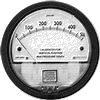
...are used to measure the pressure of hydraulic fluid in a system. These gauges convert the fluid pressure to a readable format, such as PSI or BAR, using internal sensors such as a Bourdon tube or a digital transducer.

...use a needle to indicate pressure on a dial. They operate by converting the pressure from a sensor element such as a Bourdon tube or diaphragm into a mechanical mechanism that moves a needle across a scale.
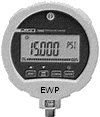
...are electronic instruments that measure system pressure and display it on a digital screen. They offer greater accuracy and readability than traditional mechanical gauges. They use electronic sensors to convert pressure measurements into a digital format.
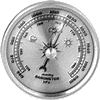
...also called barometers, measure the weight of the air pressing down on the Earth's surface. They differ from standard pressure gauges, which measure the pressure of a system relative to atmospheric pressure.

...measure and display the pressure of hydraulic fluid in a system. They work by converting the fluid pressure into a readable value, such as PSI or BAR, on an analog dial or digital display.
 Image..
nstrumentationtools.com
Image..
nstrumentationtools.com Bourdon Tube Pressure Gauge Working Principle
Pressure Gauge Manufacturers
Pressure gauge manufacturers offer high-quality instruments for various applications. However, choosing the best brand for your needs is essential. Manufacturers offer a variety of types, designs, and applications, so making the right choice is crucial.
Related Post(s)
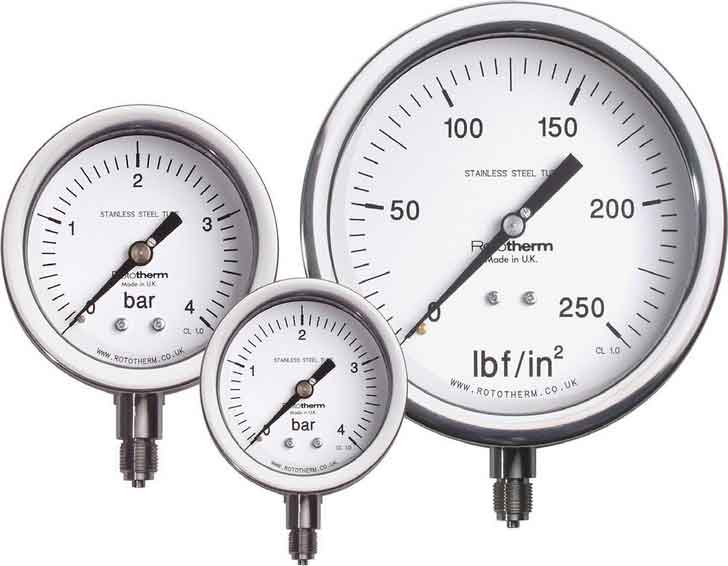
Two commonly used types of pressure gauges are liquid-filled pressure gauges and dry pressure gauges, which serve the same purpose...